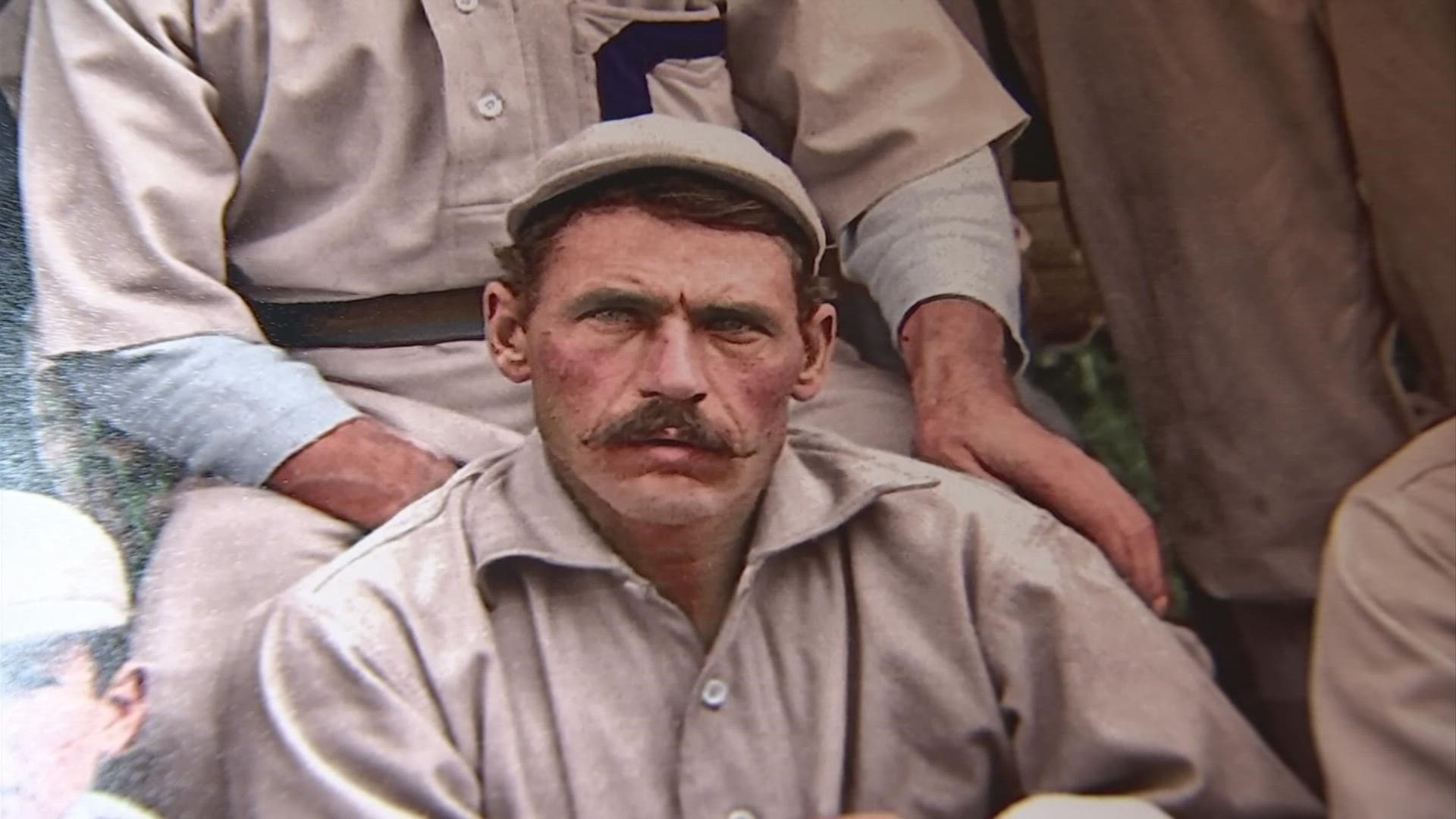COLUMBUS, Ohio — The greatest deaf baseball player to ever play in the Major Leagues lost another attempt to get into the national Hall of Fame.
William “Dummy” Hoy graduated from the Ohio School for the Deaf in Columbus and went on to play 14 seasons in the Major Leagues. He is credited for brining attention to hand signals that are still used to this day.
It's one of the reasons why long-time fan Steve Sandy hoped to see him end up in the MLB Hall of Fame.
“It would be an honor to see him in the hall of fame just to honor those with disabilities playing major league baseball,” said Sandy, who is also deaf.
According to Sandy, Hoy's inability to hear helped change the game.
“In large stadiums, you can't hear the calls of the ball and the strikes, but you can see the signs and so he introduced it. I would not say he created the signs, but he introduced them,” said Sandy.
Hoy is already in the Cincinnati Reds Hall of Fame, but when the Early Era Baseball Committee selected 10 nominees for the national Hall of Fame on Monday, Hoy was not on the list.
The Early Baseball Era ballot features candidates whose primary contributions came before 1950: John Donaldson, Bud Fowler, Vic Harris, Grant “Home Run” Johnson, Buck O’Neil, Dick “Cannonball” Redding and George “Tubby” Scales. American and National Leaguers Bill Dahlen, Lefty O’Doul and Allie Reynolds round out the ballot. All 10 candidates are no longer alive.
All told, Hoy played in 1,797 games with an average of .288 that included 2,048 hits, 1,429 runs, 40 homers and 725 runs batted in. Known as a great base stealer with tremendous speed, he is credited with 596 steals.
Hoy is one of three outfielders to throw out three base runners at home plate in one game. On June 19, 1889, he threw perfect strikes to catcher Connie Mack to throw out runners attempting to score from second base.
Hoy will not be eligible again for 10 years when the Early Baseball Era meets to decide its next inductees.
You can read more about the candidates for the Hall of Fame here.

